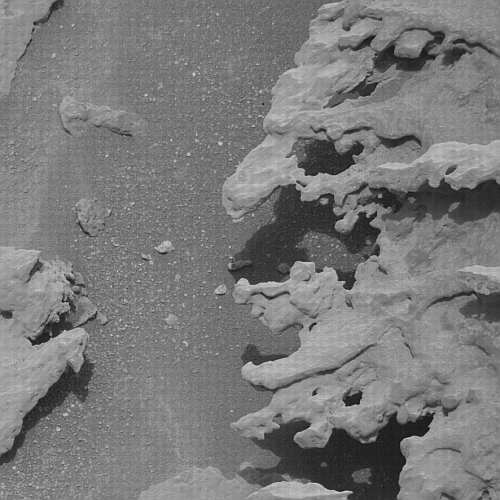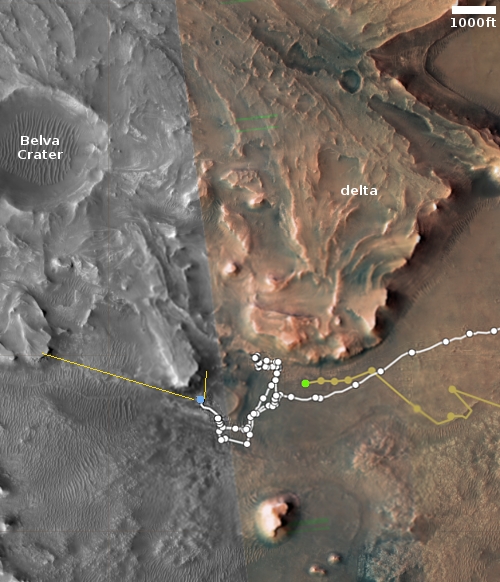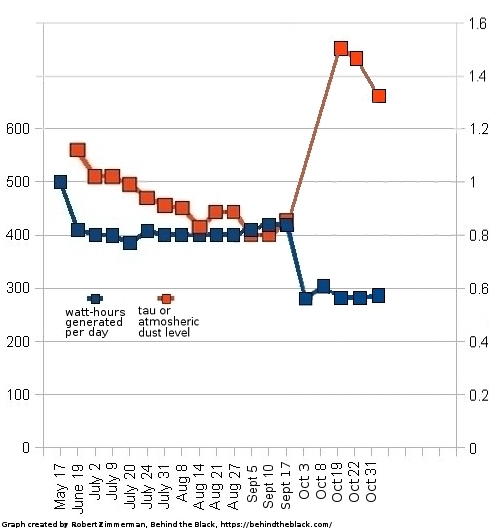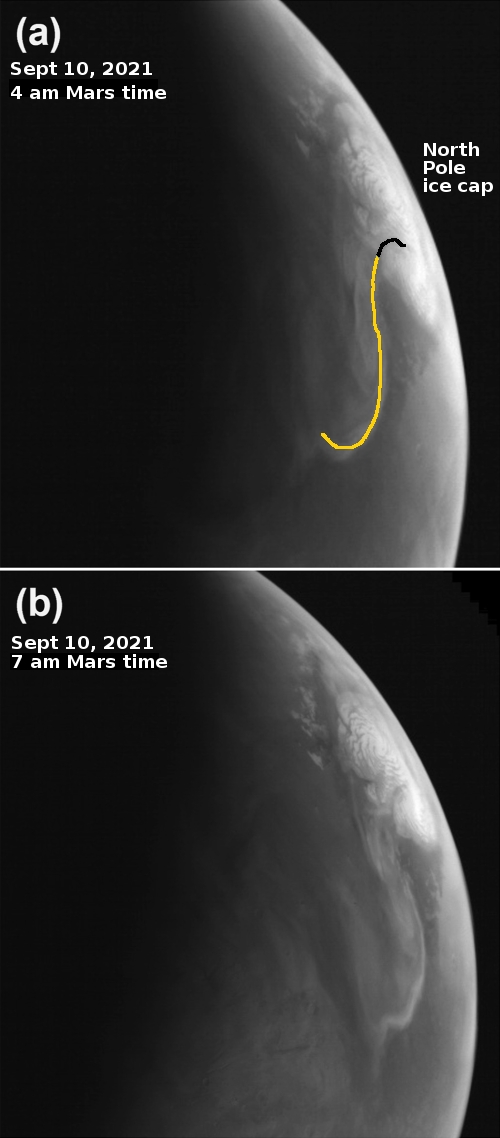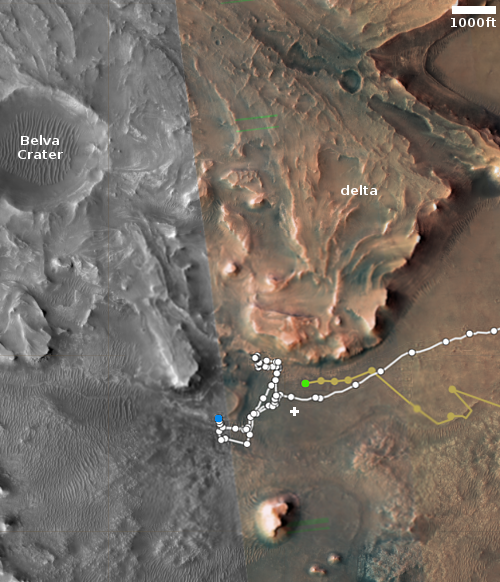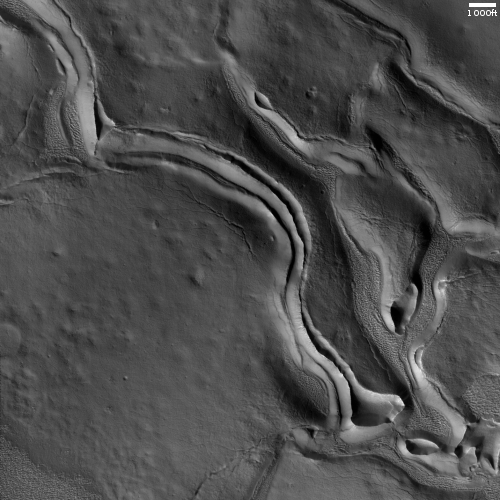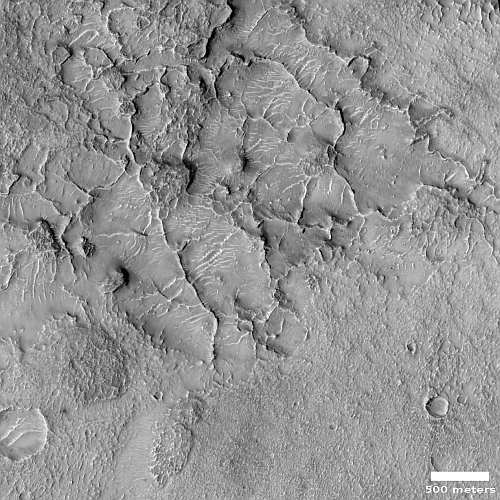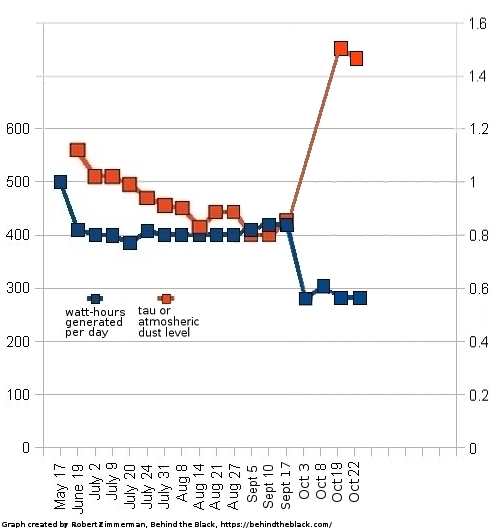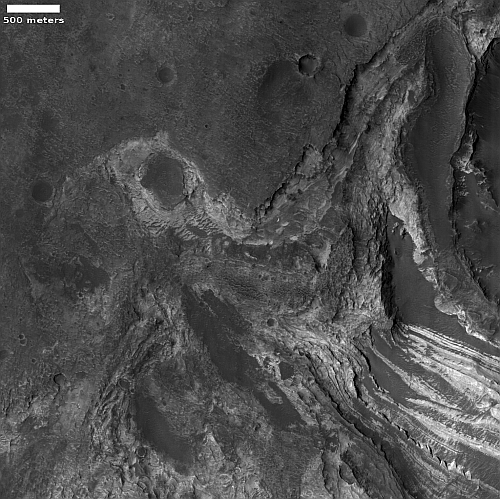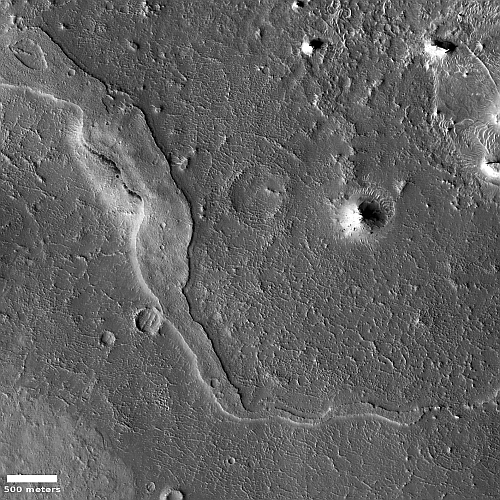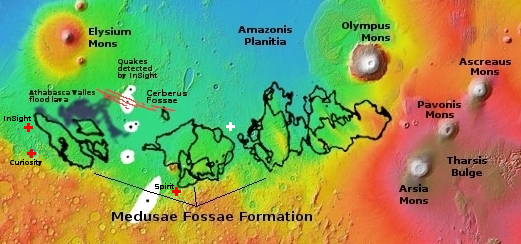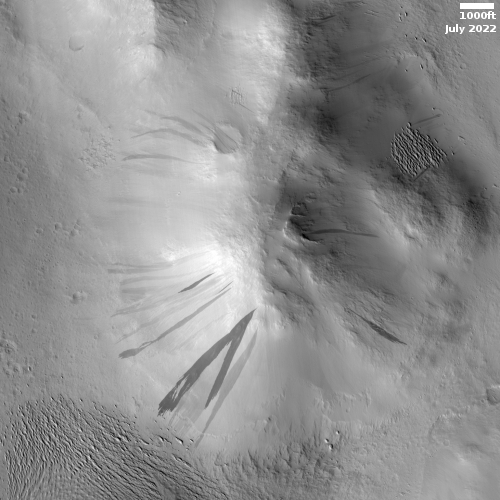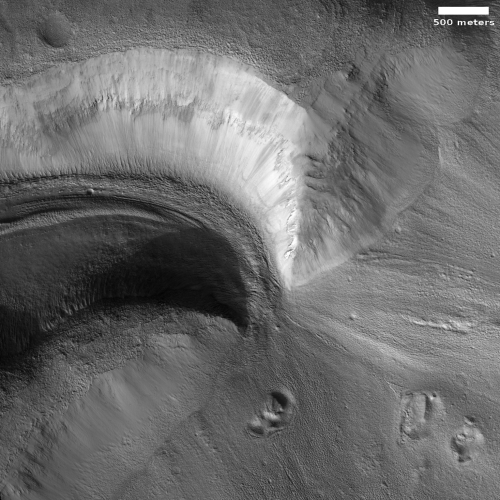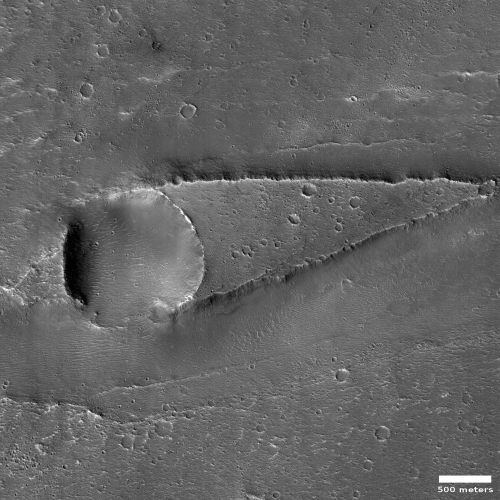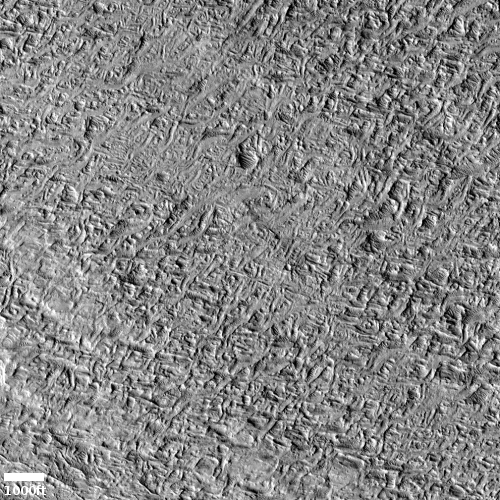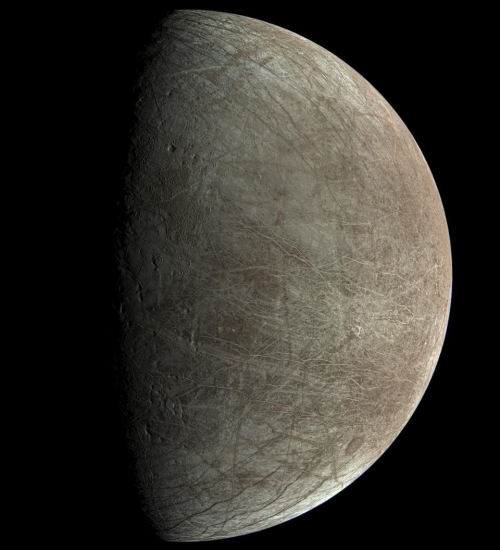The weirdly eroded rocks of Mount Sharp
Cool image time! The picture to the right, cropped, reduced, and enhanced to post here, was taken on November 2, 2022 by one of the high resolution cameras on the Mars rover Curiosity.
There isn’t much to say. This strangely eroded rock appears somewhat typical for many surface rocks in this area in the foothills of Mount Sharp. The erosion is likely from wind, combined with the rock’s low density because of Mars’ one-third Earth gravity. Even so, that wind would have needed many many eons to achieve this erosion, as the atmosphere on Mars is only about 1% as thick as Earth’s.
The lack of data also leaves open the possibility that other as-yet-unknown chemical processes contributed to that erosion.
Note: The grid pattern in the image is an artifact from the camera, and is not an actual feature on the Martian surface.
Cool image time! The picture to the right, cropped, reduced, and enhanced to post here, was taken on November 2, 2022 by one of the high resolution cameras on the Mars rover Curiosity.
There isn’t much to say. This strangely eroded rock appears somewhat typical for many surface rocks in this area in the foothills of Mount Sharp. The erosion is likely from wind, combined with the rock’s low density because of Mars’ one-third Earth gravity. Even so, that wind would have needed many many eons to achieve this erosion, as the atmosphere on Mars is only about 1% as thick as Earth’s.
The lack of data also leaves open the possibility that other as-yet-unknown chemical processes contributed to that erosion.
Note: The grid pattern in the image is an artifact from the camera, and is not an actual feature on the Martian surface.

